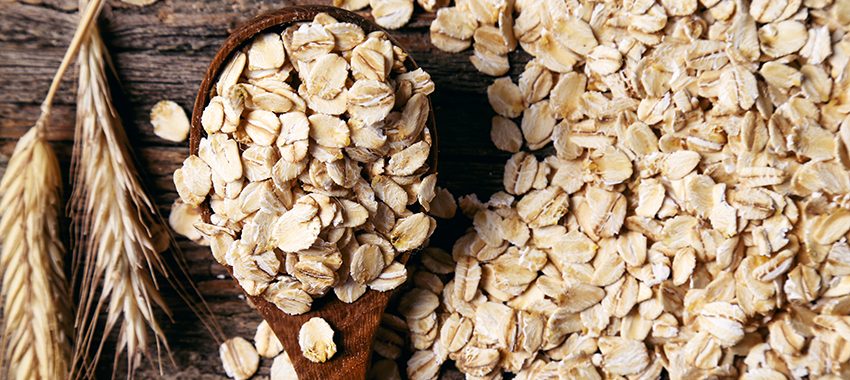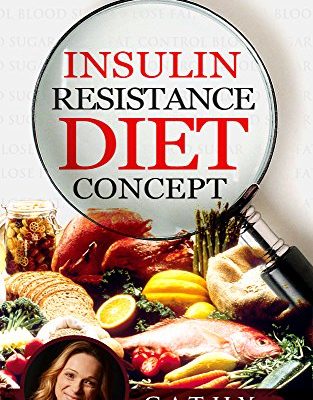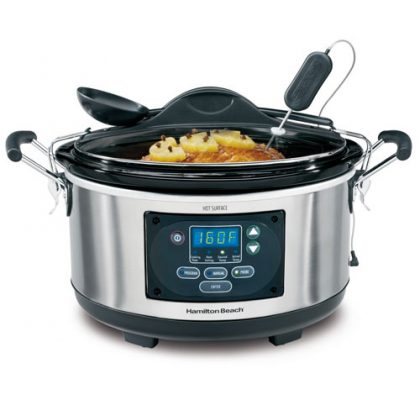Let’s face it… sometimes we just don’t WANT to sub out ingredients in our favourite foods. We get used to things the way that they are, and it’s easier.
But – what if you could sub out some of your ingredients – or even sneak in a few additions – for ones that are perhaps a little better for your overall body health? I’m not talking about weight, fats, the ‘you’ you see in the mirror. I’m talking about honest-to-goodness body health.
For me, ingredient substitutions are not about whether I will feel guilty after eating a meal (although that is a very real side effect, if you have seen my recent chocolate cake post!). It’s more about how certain foods will interact with my body and my overall health. When you look at it that way, subbing ingredients actually makes a lot of sense.
And since every ‘body’ is different, it is up to you to experiment and see what ‘effects’ work best for you.
So here are some of the tried and true items that work for me…
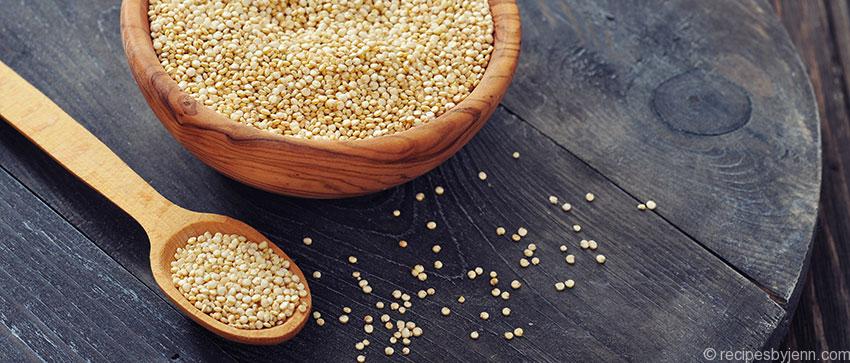
QUINOA
Yes, yes – I’m a card carrying member of the quinoa bandwagon club. This versatile little psudo-grain cereal is perfect in many ways:
- High fiber
- High protein
- Low glycemic index
- Non-GMO
- Gluten free
- High in magnesium and other minerals
- Loaded with antioxidants
- The favonoids found in quinoa are potent plant antioxidants with numerous health benefits (Quercetin and Kaempferol)
Ok – but how do you get it into your diet? Easy! First, cook up a bunch at the start of the week and keep it in the fridge. You can then sprinkle it into any dish that you make! When I make mine, I like to use either a chicken or vegetable broth instead of the water that the directions call for (1 cp quinoa plus 2 cp broth).
Here’s a fabulous breakfast recipe for quinoa cereal – mix up the fruits and add granola if you like.
You can also add cooked quinoa to a bunch of existing recipes to give it just a little more punch. How much you ad depends on you. Start slow and work your way into it. In our house, Hubby had to get used to the appearance and texture, so sneaking a little into his chicken wraps, or sloppy joes was an easy way to get him started.
- Bison Soup – add 1 cp cooked quinoa
- Slow Cooker Sloppy Joes – add 1/2 cp cooked quinoa
- Pasta Sauce – add 1/2 cp cooked quinoa
- Chicken Quinoa Soup
- Sprinkle cooked quinoa over salads
- Sprinkle cooked quinoa over pizza
- Sprinkle cooked quinoa in an omelet
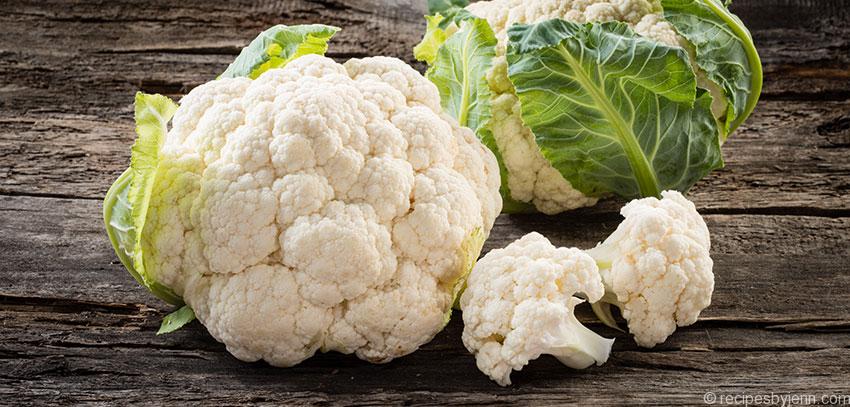
CAULIFLOWER
This is one of those that I have a hard time convincing Hubby to eat… So… we just don’t tell him he’s eating it. Well, at least, most of the time ;o)
A great veggie to mix with potatoes (half and half for mashed potatoes). Simply toss your chopped cauliflower with salt, pepper and a drizzle of olive oil and roast 350F for approx 20 minutes or until they start to brown. Then, puree and blend with your potatoes.
[gard align=’center’]
You can also make an easy pizza shell (yes, you heard right!). Pair this with garlic and other rich flavours and you don’t even know you are eating cauliflower.
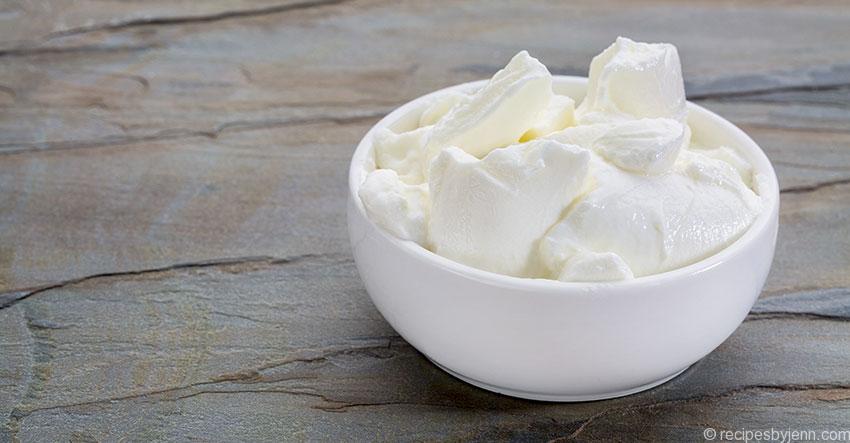
0% PLAIN GREEK YOGHURT
It took me a while to get used to plain yoghurt – I confess. I was used to the sugary goodness of the fruit-flavoured ones. But the lasting benefits outweighed the temporary adjustment period.
The benefits include:
- High in protein
- Low sodium
- Low carbs
- Easier to digest, for people with lactose-sensitive stomachs
- Contains probiotics to aid in digestion and improve immune system functions
So, how can we eat more of it? This was an easy one! Here are my kitchen rules whenever I can.
- Include a helping of yoghurt in my shakes
- Add a little yoghurt to a bowl of granola and berries for a snack
- ANYWHERE you see cornstarch or whipping cream used as a thickening – try yoghurt! This works great for soups, sauces, stirfrys…
- Substitute sourcream with yoghurt. They both have a tart flavour and so using it for add-ons to dishes like chili, tacos, nachos… all work!
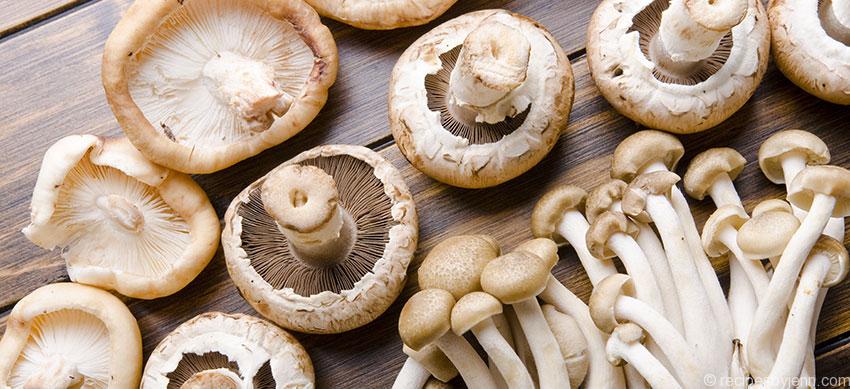
MUSHROOMS
I love mushrooms. All kinds of mushrooms! Hmmm mushrooms….
If you are like me, you can add mushrooms to almost anything. But they are much more than a side dish. Oh yes. You can also use them as a meat supplement. I like to chop mine very fine, fry with a little onion, garlic and olive oil, and add them into meaty dishes. I have even halved the meat quantity by adding the same volume amount (not weight) of ground up mushrooms.
The mushrooms, especially when finely chopped and cooked, give a very rich and hearty texture to your dish. Try with meat balls, burger patties and any dish that you are using ground meat for.
I have also read that you can do the same with eggplant, although I have yet to personally try that one.
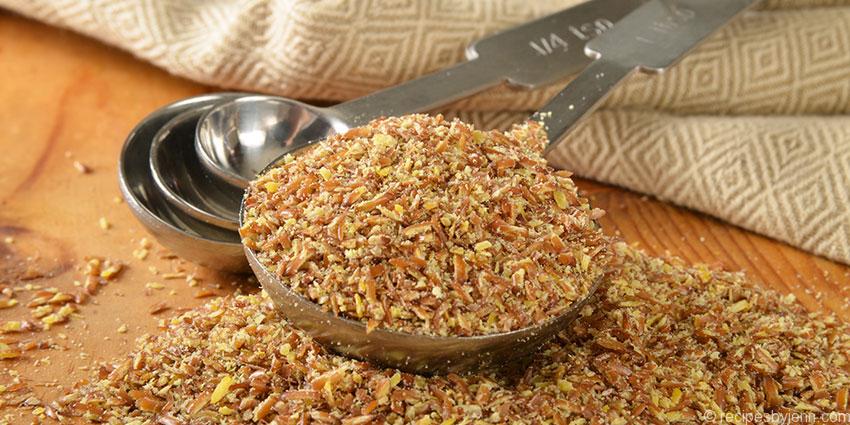
GROUND FLAX SEED
This one is not so much a substitution, rather just a great add-in. I buy a large container of ground flax seed and keep it right next to the salt and pepper! The benefits of flax seeds are very well known, however here are just a few:
- Contains great omega-3 essential fatty acids
- Contains lignans with estrogen and antioxidant qualities
- High fiber
Whenever you make a chili, pasta sauce, sloppy joe, burger patty (you get where I’m going – thick dishes), add a couple of tablespoons of ground flax. It will add a little bit of a grainy texture, so that’s why I like to use it in the thicker, meatier dishes. You can also sprinkle it in shakes, over cereal, or really anywhere you like.
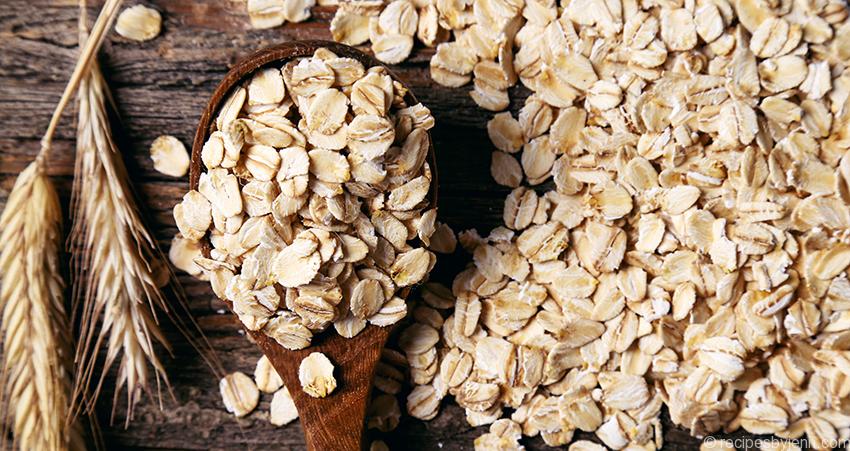
FLOURS
This is a tricky one, and there is no easy solution. All flours are different. Even the elevation you are at on the earth will also make your flours react differently (which I found out quickly after moving from the cost to the mountains!). So, for this one, I recommend you start slow and see what works for you. Here are some tricks that I use:
WHOLE WHEAT
For baking recipes that call for all-purpose flour, try subbing with whole grain flour (not enriched). You can do half and half, or even 100%, but when using whole wheat, it thickens quicker than all-purpose, so add just a little less to start. It is easier to add more later if you need to.
[gard align=’center’]
COCONUT FLOUR
This, I keep on hand for thickenings mostly. I try to avoid cornstarch or flour thickening whenever can, however if I have a dish that just feels a little runny, and I don’t think that yoghurt would be a good substitute, then sprinkle a little coconut flour. This flour absorbs very quickly. To give you an idea, 1 cup of all-purpose flour is about 1/4 cup coconut flour. So, again, start slow and add if you need to.
OAT FLOUR
This is a favourite of mine. In my baking recipes that require flour, I like to sub out oat flour. I simply sub 1 to 1, or half and half. Put uncooked oats (not quick oats!) into a grinder and voila! Oat flour. It does give the dish a little more of a grainier touch than all-purpose flour, but I love it for all cakes and cookies!
SPELT FLOUR
This is a great flour – generally found in a health food market – to use for breads and other baking. It does have a bit of an aftertaste compared to all-purpose, so maybe try half and half to start and work your way up.


